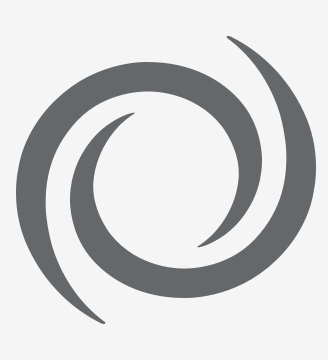
The older you are the harder it can be to change
We recently partnered with one of the world’s oldest education institutions to lead them through a technology and process change that affected every corner of the school, from a student’s desk to the ice rink’s Zamboni. At SEI, we believe that every client situation requires a unique approach, and this project was no different. In this case, it was critical to help the client understand what is being accomplished today and how the proposed changes would not only positively affect their day-to-day activities but also their long-term financial objectives.
We were brought in to assist with the implementation of an Enterprise Asset Management System (EAMS) to track and depreciate equipment and fixed assets throughout the disparate areas and schools of the institution. Previous depreciation was calculated in different ways, if at all, based on the area of the institution. Implementing an EAMS would bring consistency across the institution but provide challenges to achieve adoption. While the project had a technology component and would largely assist with the actual depreciation calculation, the biggest challenge was creating business processes that would support all the unique schools. The end state process flows needed to allow for flexibility while still ensuring that the overall goals of the project – to correctly capture and account for capital assets – were achieved.
Knowing there would be significant organizational changes and impacts to the end users, it was critical to ensure that all stakeholders stayed informed and were on board with the upcoming changes.
“People don’t resist change. They resist being changed!” – Peter Senge
Providing a complete and accurate picture of the impact the project would bring to the organization in the future state had to be clearly communicated and understood by all stakeholders to ensure buy-in. Over the course of multiple meetings, information about the current processes was collected, documented and reviewed for accuracy with the various schools and affiliates. This was largely accomplished by leveraging face-to-face meetings that were well documented with meeting minutes, and the development of process flow diagrams that delineated task area responsibilities (i.e. swim lane diagrams).
Once an accurate picture of the current state was available, the project turned toward the future state design. Leveraging working groups that included representatives from the various schools as well as the business sponsors and the project team, high-level future state process flows were developed and coordinated. This effort enabled flexibility that allowed each individual school to maintain an element of control in the process details, while still establishing integrated process flows that met the needs of the business sponsors and the university’s Office of the Controller.
With the “As Is” and “To Be” processes documented, a full impact analysis for each area was created. This identified the key process steps that needed to be implemented, each of which had the following elements that needed to be considered: the degree of change, the affected groups, the major impacts, and whether or not they were relating to process, people, technology or competence.
Change is good
Finally, with the roles & responsibilities identified, future state processes defined, and full change impact clarified, owners were assigned to the task areas. Any gaps were addressed with end user training, procedure documentation, and new policy implementation.
This project has provided proof that as long as a plan and effective communication channels are developed (and known at the beginning of the project), then real change can be brought about. This project has served as a model for how to approach university-wide implementations and several project and change management deliverables have become best practices. SEI was able to build consensus across areas of the university, while still allowing for the unique needs and concerns of individual schools to be heard. Our outreach efforts on the front end led to easier adoption and implementation on the back end as well as ensured a successful end result.

